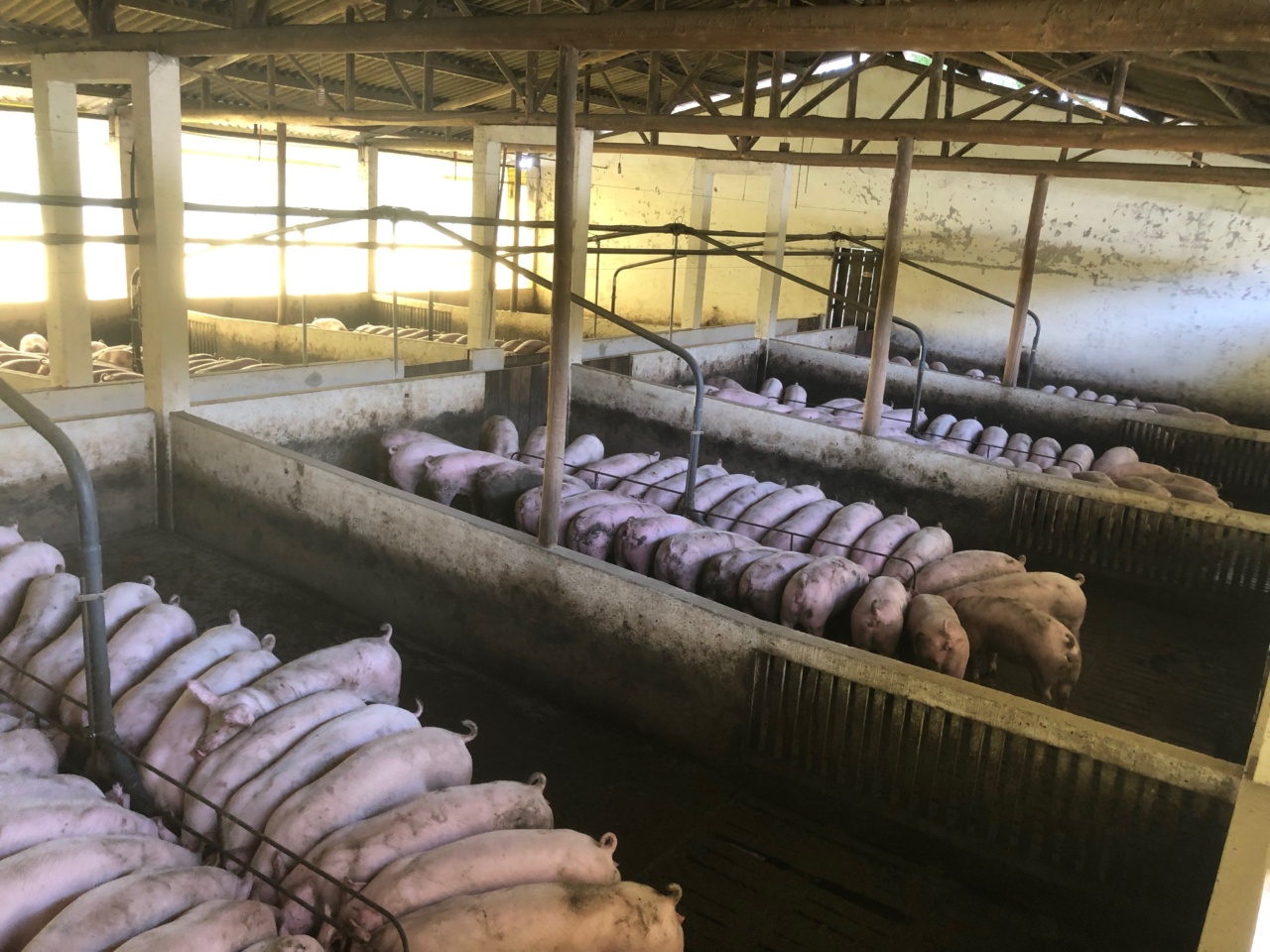Diabetes is a chronic condition that affects millions of people worldwide. Research has shown that various factors, such as genetics, lifestyle choices, and diet, can contribute to the development of diabetes.
In recent years, there has been growing evidence to suggest that high consumption of meat may be associated with an increased risk of developing diabetes. This article will explore the link between meat consumption and diabetes, discussing the potential mechanisms behind this association and providing recommendations for a healthy diet.
Understanding Diabetes
Diabetes is a metabolic disorder characterized by elevated blood sugar levels. There are two main types of diabetes: type 1 and type 2.
Type 1 diabetes is an autoimmune disease in which the body’s immune system mistakenly attacks and destroys the insulin-producing cells in the pancreas. Type 2 diabetes, on the other hand, occurs when the body becomes resistant to the effects of insulin or does not produce enough insulin to maintain normal blood sugar levels.
The Link Between Meat Consumption and Diabetes
Several studies have suggested that excessive consumption of meat, particularly red and processed meats, may increase the risk of developing type 2 diabetes.
Red meat includes beef, pork, lamb, and veal, while processed meat refers to meat that has been preserved through smoking, curing, salting, or adding chemical preservatives.
A meta-analysis of prospective cohort studies found that high consumption of red meat was associated with a 13% increased risk of type 2 diabetes.
Another study, which analyzed data from over 440,000 participants, reported that each daily serving of processed meat was associated with a 32% higher risk of developing diabetes.
One possible explanation for the link between meat consumption and diabetes is the presence of heme iron in meat.
Heme iron is a type of iron that is only found in animal products and is more easily absorbed by the body compared to non-heme iron found in plant-based foods. High intake of heme iron has been associated with an increased risk of developing diabetes, as it can contribute to oxidative stress and inflammation.
In addition, the high content of saturated fats in meat, especially in red and processed meats, may contribute to insulin resistance, a key factor in the development of type 2 diabetes.
Saturated fats can impair the functioning of insulin receptors, leading to reduced glucose uptake by cells and elevated blood sugar levels.
The Role of Meat Preparation Methods
Aside from the type of meat consumed, the preparation methods used can also influence the potential risk of developing diabetes.
Cooking meat at high temperatures, such as grilling, frying, or broiling, can produce harmful compounds known as advanced glycation end products (AGEs).
AGEs are formed when sugars react with proteins or fats during cooking at high temperatures. These compounds have been associated with insulin resistance and inflammation, both of which are risk factors for type 2 diabetes.
Studies have found that individuals who consumed high amounts of AGEs through their diet had a higher prevalence of diabetes.
Recommendations for a Healthy Diet
Based on the available evidence, it is advisable to limit the consumption of red and processed meats to reduce the risk of diabetes.
Instead, individuals should focus on incorporating more plant-based protein sources into their diet, such as legumes (beans, lentils, chickpeas), tofu, tempeh, and seitan. Plant-based proteins are generally lower in saturated fats and may offer health benefits, including a reduced risk of diabetes.
Consuming a varied diet rich in fruits, vegetables, whole grains, and healthy fats, such as avocados and nuts, is also important for maintaining overall health and reducing the risk of chronic diseases, including diabetes.
These foods provide essential nutrients, antioxidants, and dietary fiber, all of which play a role in preventing diabetes and managing blood sugar levels.
In terms of meat consumption, it is recommended to opt for lean cuts of poultry, such as skinless chicken and turkey, and to trim off any visible fat before cooking.
Additionally, choosing cooking methods that involve lower heat, such as baking, steaming, or stewing, can help minimize the formation of harmful compounds like AGEs.
The Bottom Line
While the exact relationship between meat consumption and the risk of diabetes is still being studied, evidence suggests that a high intake of red and processed meats may be associated with an increased risk of developing type 2 diabetes.
The presence of heme iron, saturated fats, and the formation of harmful compounds during high-heat cooking could contribute to this association.
It is important to remember that diet is only one aspect of diabetes prevention and management.
Leading a healthy lifestyle that includes regular physical activity, maintaining a healthy weight, and monitoring blood sugar levels are also crucial components.



























